


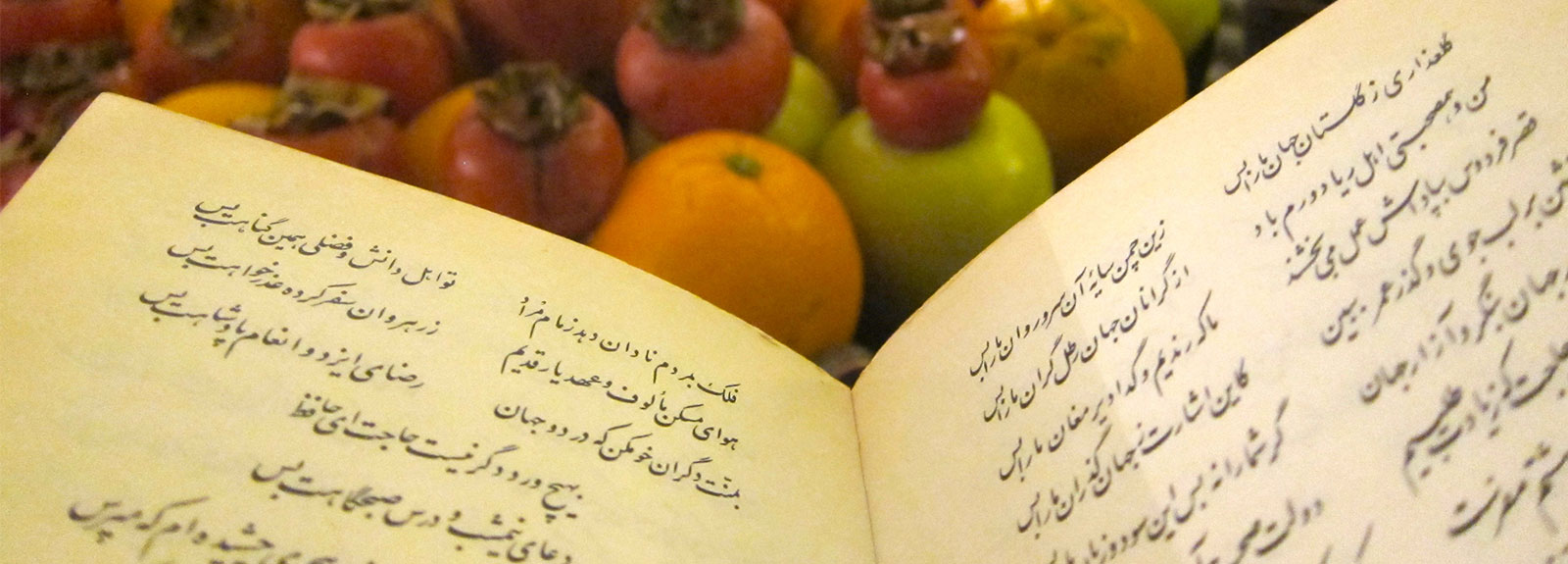
Persian is an Indo-European language which is commonly spoken in Iran, Tajikistan, Afghansitan natively. and currently with the Iranian diaspora, it's more common in other countries as well. Persian currently has two variations: Dari, Pashtu (Pashtun). respectively Dari is native in Iran while Pashtun is spoken in Afghanistan (Tajiki) is close variation of this Language.
Through-out history Persian has gone through various changes which we define as Old Persian, Middle Persian (Pahlavi Persian) and Modern Persian (Dari). These languages although are of the same origin (which is shared with Sanskrit) are totally different from one another. in such a way that a modern Iranian would have diffiulty in navigating the old language. Persian has been described as the "French of Middle East"as it's beautifully tone, and calm demeanor by many linguists.
Old Persian is considered the linguistic ancestor of today’s Persian language. In ancient Iran, two primary languages were in use: Avestan and Old Persian. while Avestan served as the sacred language of the Zoroastrian religion, Old Persian was the administrative and political lingua franca of the Achaemenid Empire. Old Persian was written in a unique script called Old Persian Cuneiform (known as خط میخی in modern Persian). this script appears on monumental inscriptions carved by order of kings, including the famous Behistun Inscription by Darius the Great. Long before the Achaemenids rose to power, a tribe known as the Parsuwash migrated and settled in the region now known as Fars Province in southern Iran. this group, which later gave Persia its name, spoke Old Persian, and their language became the foundation of imperial communication. one of the most iconic artifacts associated with this era is the Cyrus Cylinder, widely regarded as the world’s first human rights charter. written in Akkadian (another ancient language), it nonetheless represents the philosophical and administrative ethos of the Persian-speaking Achaemenid rulers.

Following the decline of the Achaemenid Empire and the rise of the Sassanid Dynasty, the Persian language evolved into what is now referred to as Middle Persian, or Pahlavi. This form of the language was primarily spoken between the 3rd century BCE and the 9th century CE.
Unlike Old Persian, Middle Persian had a more simplified grammatical structure and was written in a script derived from Aramaic. It became the official language of the Sassanid court, religious scholars, and Zoroastrian texts. Some of the most important religious documents of Zoroastrianism, including parts of the Avesta, were transcribed or translated into Middle Persian during this period.
Pahlavi played a crucial role in bridging the ancient and modern forms of the language. However, it eventually faded with the Islamic conquest of Persia, which introduced Arabic influence into the linguistic and cultural landscape.
.jpg)
Modern Persian, also known as Farsi, Dari, or Tajik depending on the region, emerged after the Islamic conquest of Persia in the 7th century CE. It adopted the Arabic script, incorporated many Arabic loanwords, and became a refined language of poetry, science, and diplomacy.
Today, Modern Persian is spoken by over 100 million people worldwide. It is the official language of Iran, one of the two official languages of Afghanistan (as Dari), and widely used in Tajikistan (in a modified Cyrillic script).
Despite regional differences, Modern Persian remains a unifying cultural force among Persian-speaking communities. Its poetic and philosophical depth continues to inspire new generations of writers, artists, and scholars.
Persian is a language rich in warmth and hospitality, and this is especially evident in its greetings. Here are some of the most common ones:
Persian proverbs are often poetic, filled with wisdom, and used in everyday conversations. Here are a few notable examples:
Persian literature has given the world some of its most renowned poets, whose verses have transcended time and borders:
In addition to its poetic tradition, Persian literature is home to influential modern writers who have shaped cultural discourse:
We can tailor a special Persian Language tour for you just contact us via WhatsApp or Email. and write Persian Language tour
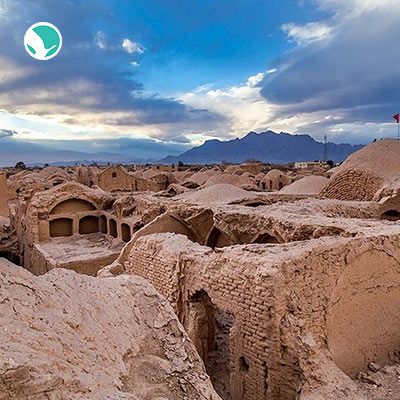


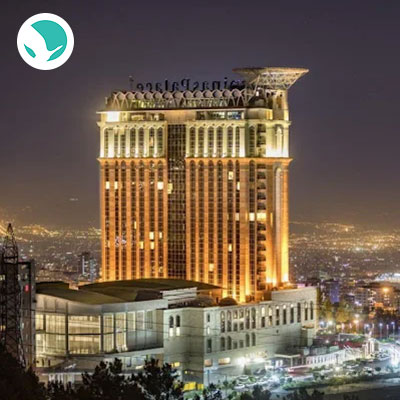
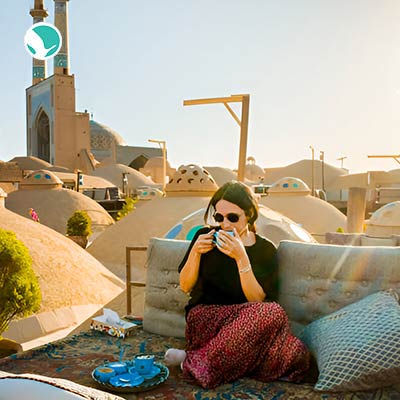
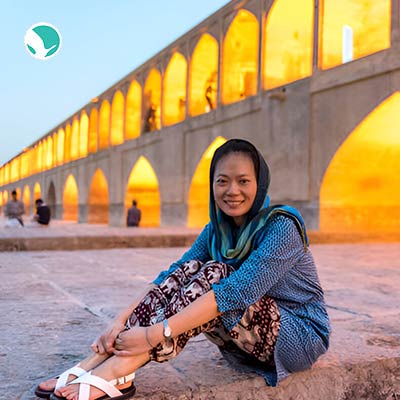
“Oh! Squander not this breath that Heaven hath lent thee, Nor make too sure another breath to borrow!’” Khayam